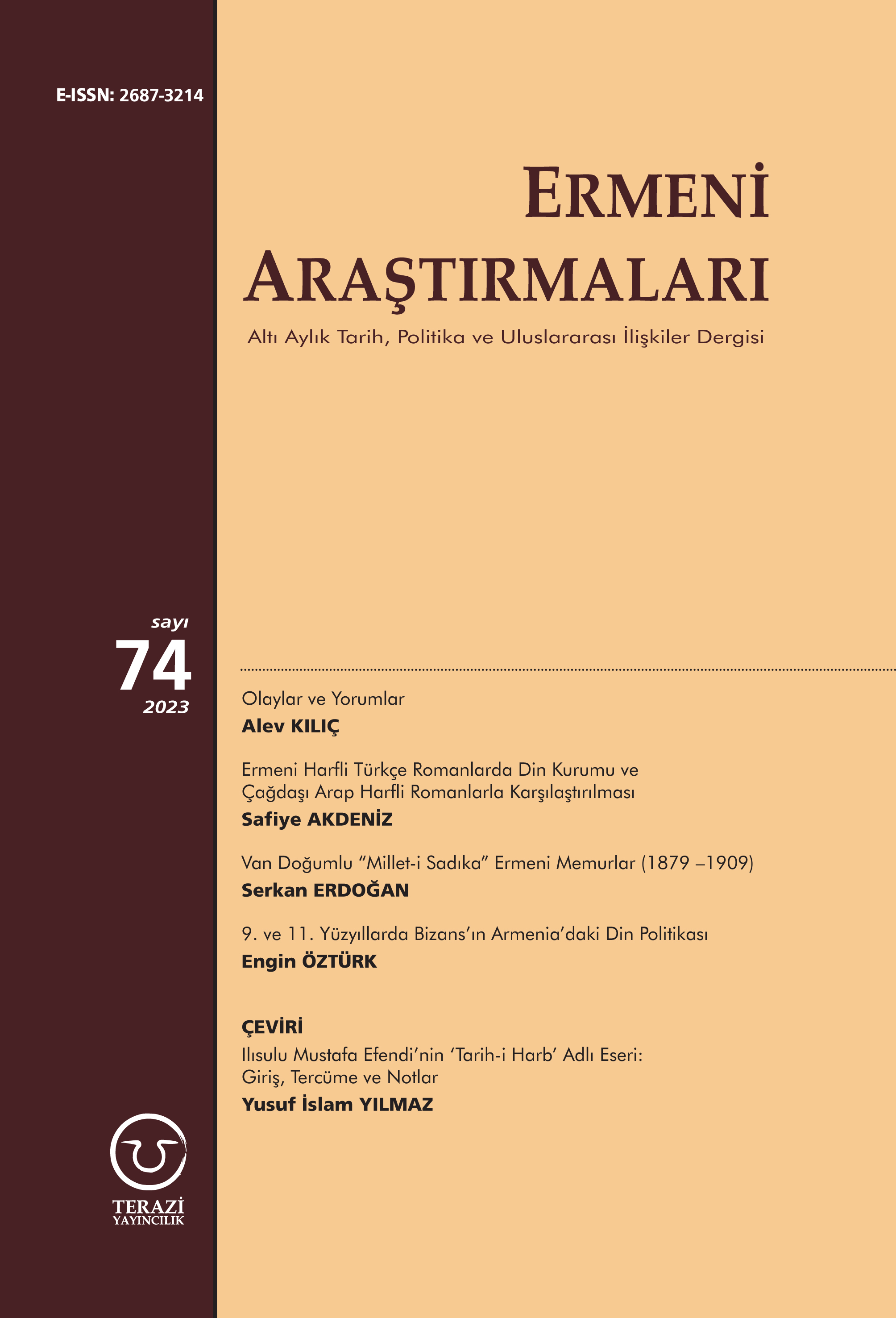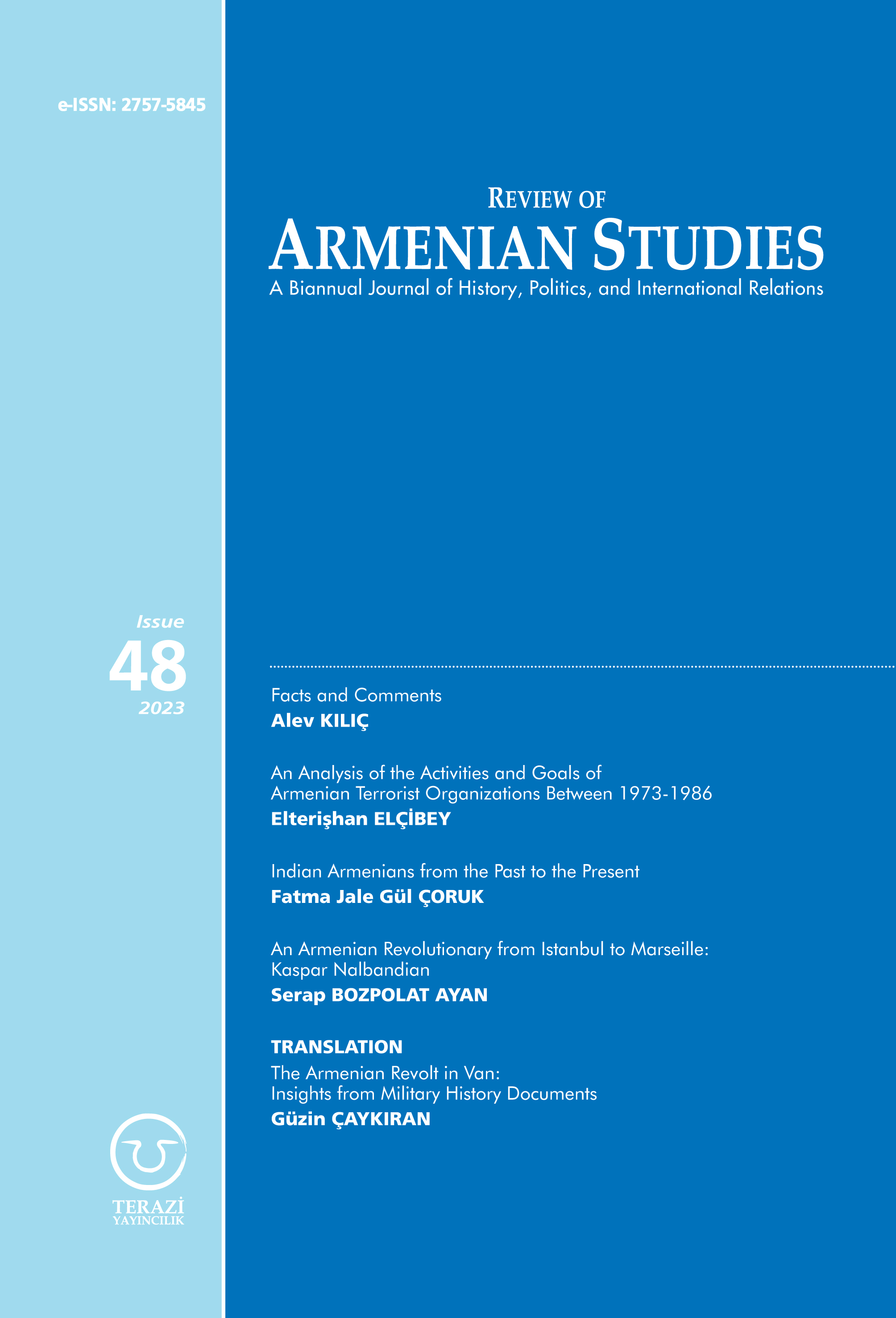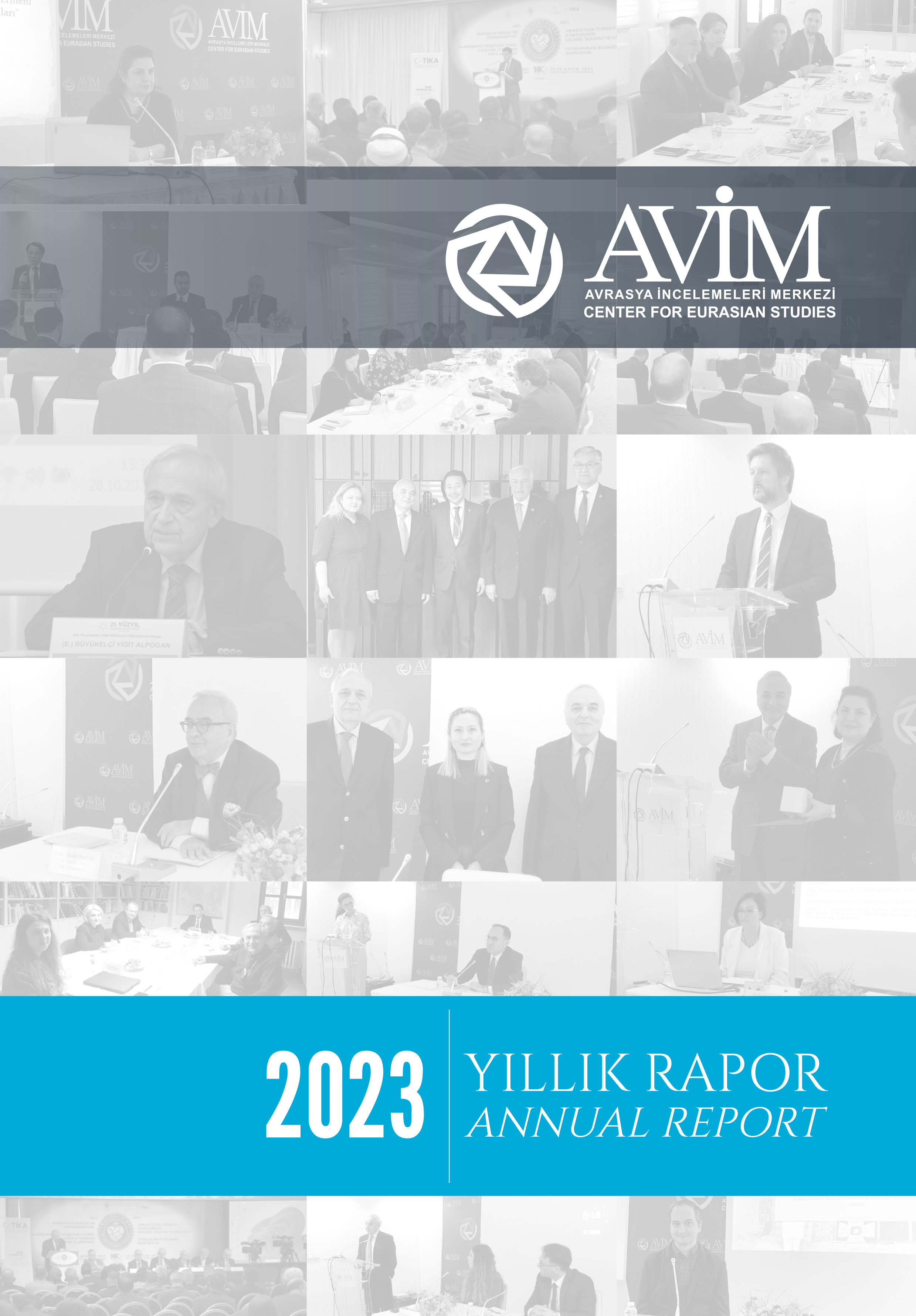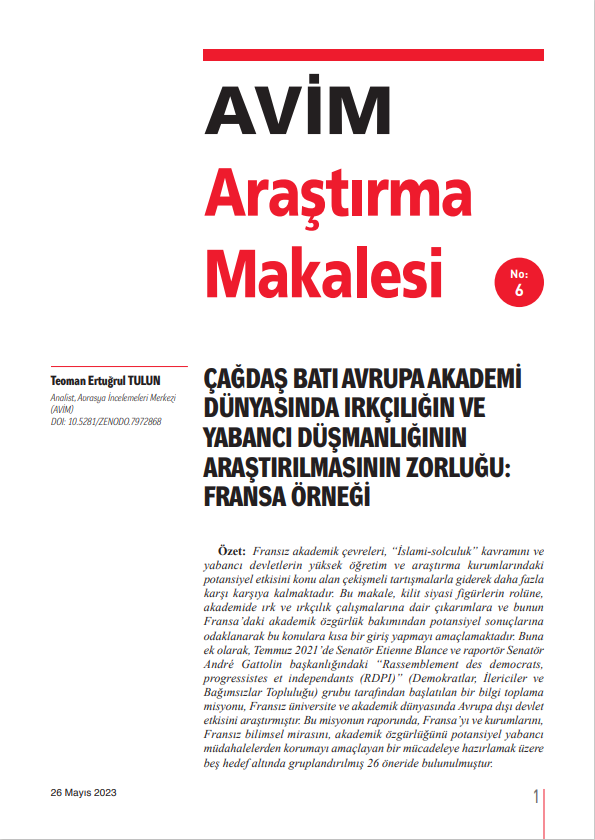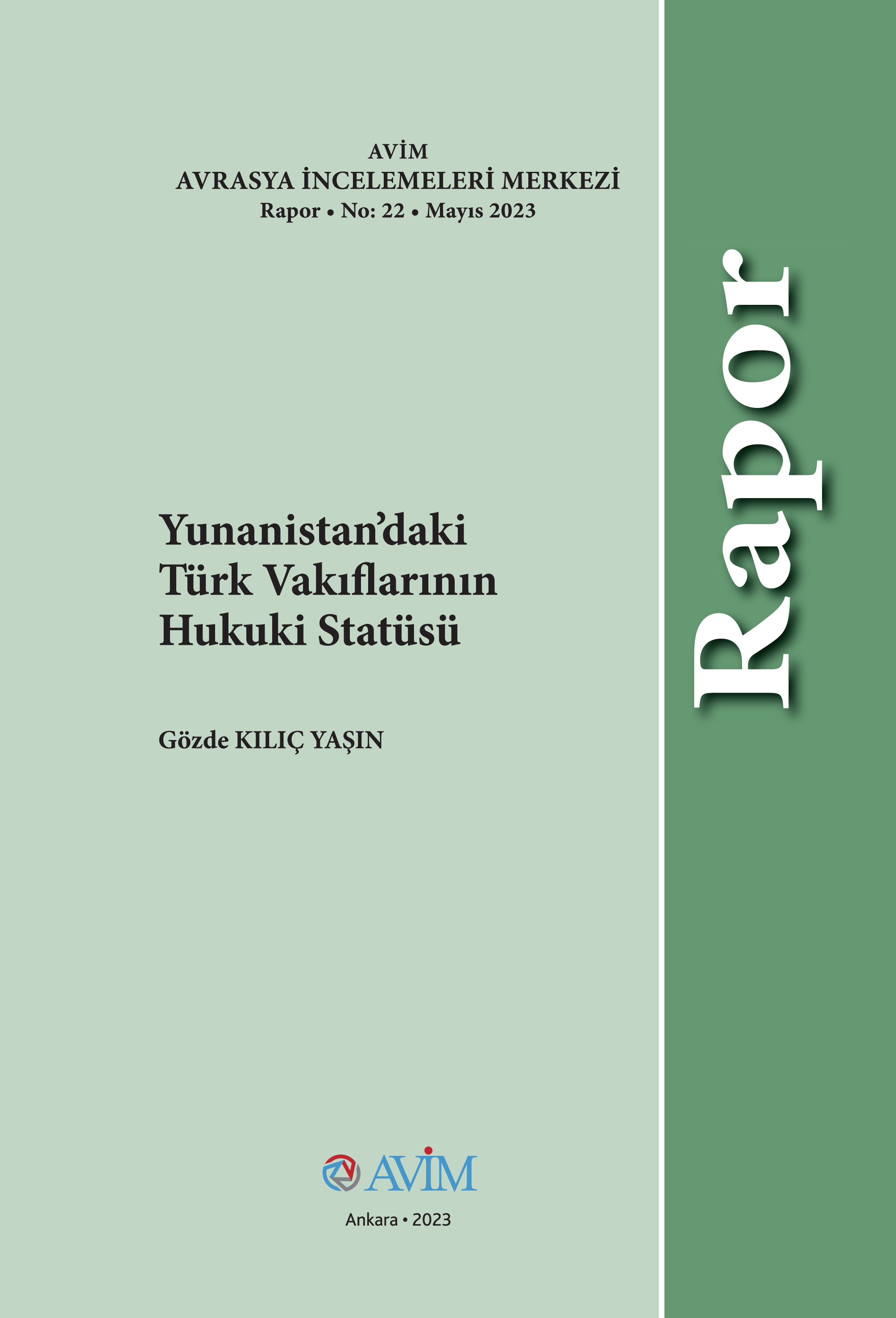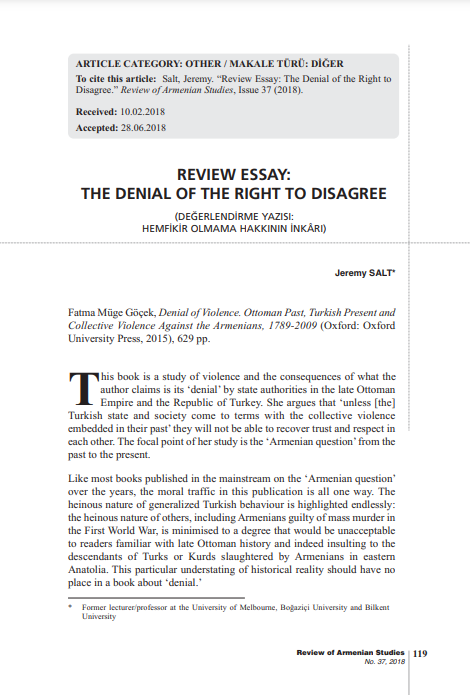Economist (19 April 2018)
“I BELIEVE that one person must not aspire to the reins of power more than twice in a lifetime,” Serzh Sargsyan, then president of Armenia, declared in 2014. But the unpopular Mr Sargsyan, whose second (and final) consecutive term as president expired on April 9th, was just kidding. On April 17th the national assembly, stacked with loyalists, elected him as the country’s new prime minister. Even many members of the biggest “opposition” group voted for him. If imitation is the sincerest form of flattery, Vladimir Putin must be smiling.
Around 10,000 protesters in Yerevan, the capital, took to the streets before the vote, chanting “Reject Serzh!” Police used tear-gas to disperse them. With hindsight Mr Sargsyan’s intentions have long been clear. Constitutional changes he enacted in December 2015, which take effect this month, grant the prime minister nearly all the powers previously held by the president. The amendments also scrapped direct elections for the presidency, ensuring that this post too is occupied by one of Mr Sargsyan’s yes-men.
Mr Sargsyan insists that a parliamentary system will strengthen democracy. Many Armenians are unconvinced. Hovsep Khurshudyan of the Armenian Centre for National and International Studies, a think-tank, calls the change “groundless”. The new, convoluted electoral system almost guarantees Mr Sargsyan’s Republican party a majority.
After a decade in power, Mr Sargsyan has little to boast of. The economy, reliant on remittances from Russia, has barely grown. Unemployment is at nearly 20%. Three in ten Armenians fall below a poverty line of $2.90 a day, more than in 2008. The borders with Azerbaijan and Turkey are closed. Foreign investors are deterred by corruption. Oligarchs control the main industries, Mr Sargsyan among them.
The new prime minister has a three-pronged agenda. First comes economic integration with the European Union, Armenia’s second-largest trading partner after Russia. On April 11th the national assembly ratified a “partnership agreement” committing to more regulatory harmonisation with the EU. Second is stemming depopulation. Around 300,000 Armenians, fully 10% of the total, have left the country since 2008. Last year Mr Sargsyan set a target population of 4m by 2040. The last prong is making Armenia an information-technology powerhouse.
These goals are not particularly realistic. The partnership agreement with the EU is a weaker version of an association agreement which Mr Sargsyan turned down in 2013, choosing instead to join Russia’s Eurasian Economic Union. The population target entails no concrete proposals. Mr Sargsyan wants to tempt back some of the 7m-10m ethnic Armenians abroad, but it is unclear how many want to return. Armenia’s IT sector is the fastest-growing part of the economy, making up 7% of GDP in 2017, but it is mainly known for its cheap labour. And there is tough competition from Ukraine and Romania. Mr Sargsyan’s stint in his new job is likely to be underwhelming. Soon, he may come to appreciate the wisdom of his words from 2014.
https://www.economist.com/news/europe/21740804-having-prudently-transferred-powers-premiership-president-serzh-sargsyan-assumes
No comments yet.
-
 ILHAM ALIYEV MEETS GEN.SCAPARROTTI; BAKU HOSTS HIGH-LEVEL MEETING OF RUSSIAN, NATO GENERALS
The Caucasus and Turkish-Armenian Relations
20.04.2018
ILHAM ALIYEV MEETS GEN.SCAPARROTTI; BAKU HOSTS HIGH-LEVEL MEETING OF RUSSIAN, NATO GENERALS
The Caucasus and Turkish-Armenian Relations
20.04.2018
- EUROPEAN MPS WARN US OVER SCRAPPING IRAN NUCLEAR DEAL Europe - EU 20.04.2018
- OSCE/ODIHR DIRECTOR URGES ARMENIAN AUTHORITIES TO ENSURE RIGHT TO FREEDOM OF PEACEFUL ASSEMBLY The Caucasus and Turkish-Armenian Relations 20.04.2018
- AZERBAIJAN, IAEA DISCUSS COOPERATION PROSPECTS The Caucasus and Turkish-Armenian Relations 20.04.2018
-
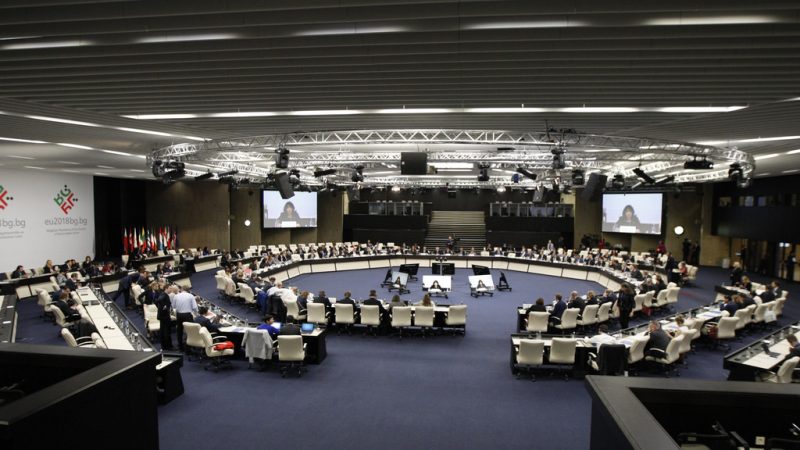 ENERGY TRANSITION: EU UNITY’S MISSING JIGSAW PIECE?
Europe - EU
20.04.2018
ENERGY TRANSITION: EU UNITY’S MISSING JIGSAW PIECE?
Europe - EU
20.04.2018
-
19.04.2024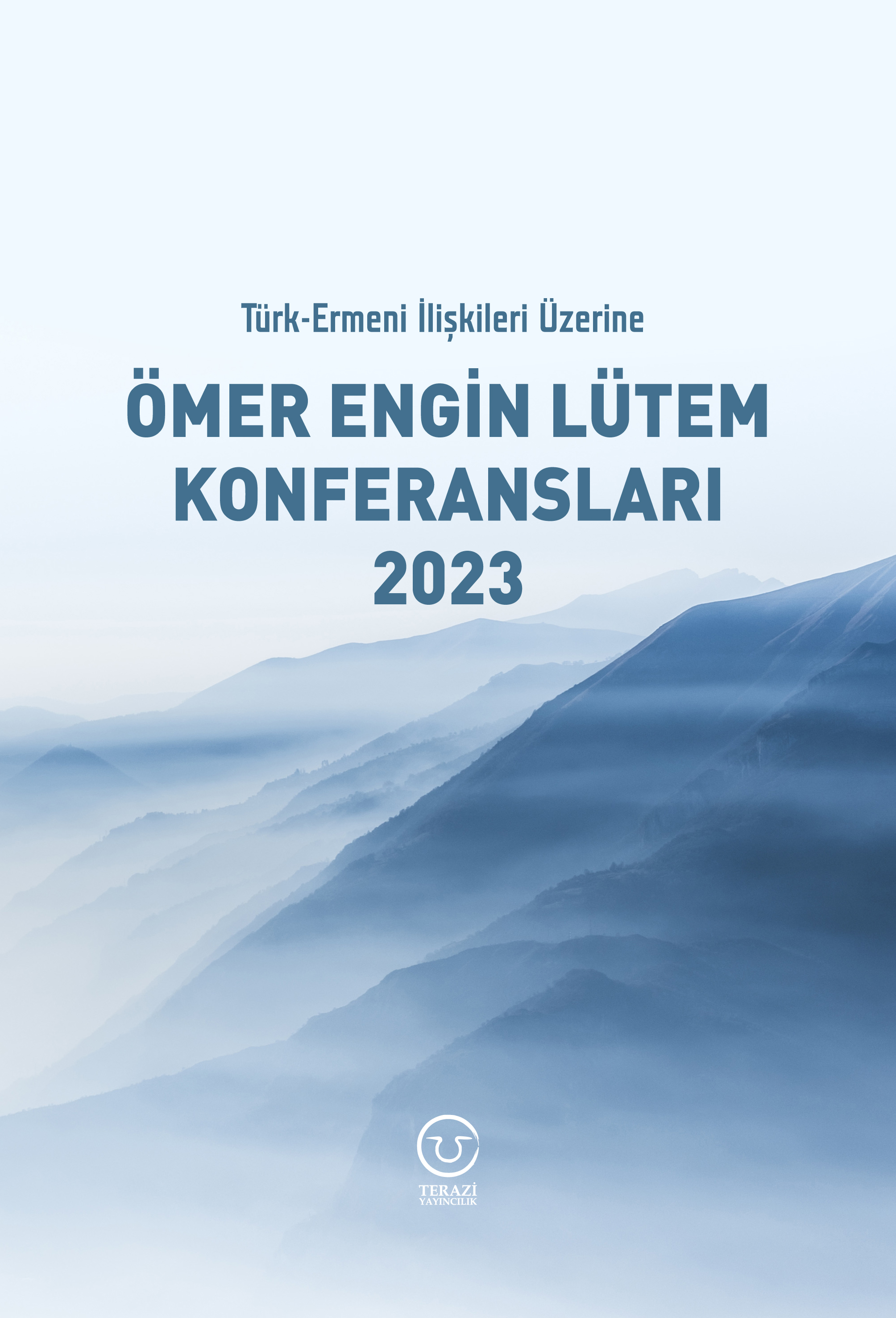
Türk-Ermeni İlişkileri Üzerine Ömer Engin Lütem Konferansları 2023 -
11.04.2023
Türk-Ermeni İlişkileri Üzerine Ömer Engin Lütem Konferansları 2022 -
27.03.2023
RADİKAL ERMENİ UNSURLARCA GERÇEKLEŞTİRİLEN MEZALİMLER VE VANDALİZM -
17.03.2023
PATRIOTISM PERVERTED -
23.02.2023
MEN ARE LIKE THAT -
03.02.2023
BAKÜ-TİFLİS-CEYHAN BORU HATTININ YAŞANAN TARİHİ -
16.12.2022
INTERNATIONAL SCHOLARS ON THE EVENTS OF 1915 -
07.12.2022
FAKE PHOTOS AND THE ARMENIAN PROPAGANDA -
07.12.2022
ERMENİ PROPAGANDASI VE SAHTE RESİMLER -
30.03.2022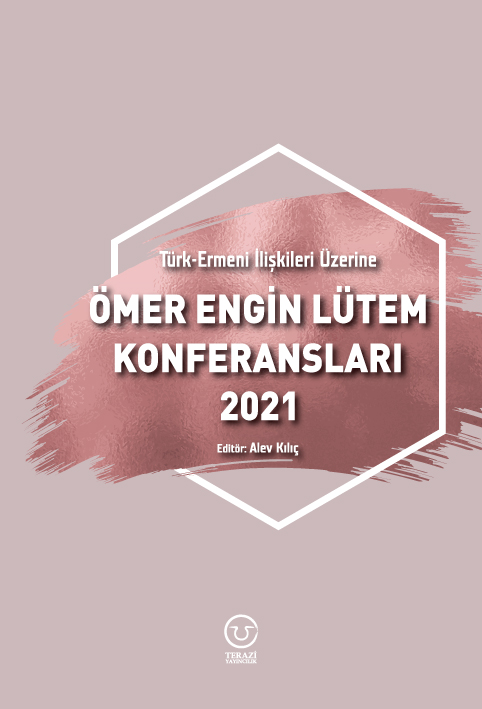
Türk-Ermeni İlişkileri Üzerine Ömer Engin Lütem Konferansları 2021 -
01.01.2022
A Letter From Japan - Strategically Mum: The Silence of the Armenians -
01.01.2022
Japonya'dan Bir Mektup - Stratejik Suskunluk: Ermenilerin Sessizliği -
11.02.2021
Türk-Ermeni Uyuşmazlığı Üzerine Ömer Engin Lütem Konferansları 2020 -
03.06.2020
Anastas Mikoyan: Confessions of an Armenian Bolshevik -
08.04.2020
Sovyet Sonrası Ukrayna’da Devlet, Toplum ve Siyaset - Değişen Dinamikler, Dönüşen Kimlikler -
18.03.2020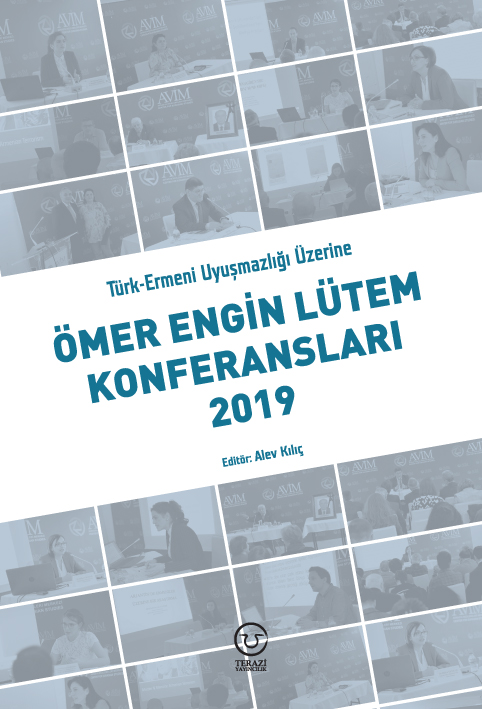
Türk-Ermeni Uyuşmazlığı Üzerine Ömer Engin Lütem Konferansları 2019 -
08.03.2019
Türk-Ermeni Uyuşmazlığı Üzerine Ömer Engin Lütem Konferansları 2018 -
12.06.2018
Ermeni Sorunuyla İlgili İngiliz Belgeleri (1912-1923) - British Documents on Armenian Question (1912-1923) -
02.12.2016
Turkish-Russian Academics: A Historical Study on the Caucasus -
01.07.2016
Gürcistan'daki Müslüman Topluluklar: Azınlık Hakları, Kimlik, Siyaset -
10.03.2016
Armenian Diaspora: Diaspora, State and the Imagination of the Republic of Armenia -
24.01.2016
Ermeni Sorunu Temel Bilgi ve Belgeler (2. Baskı)
-
AVİM Conference Hall 24.01.2023
CONFERENCE TITLED “HUNGARY’S PERSPECTIVES ON THE TURKIC WORLD"

